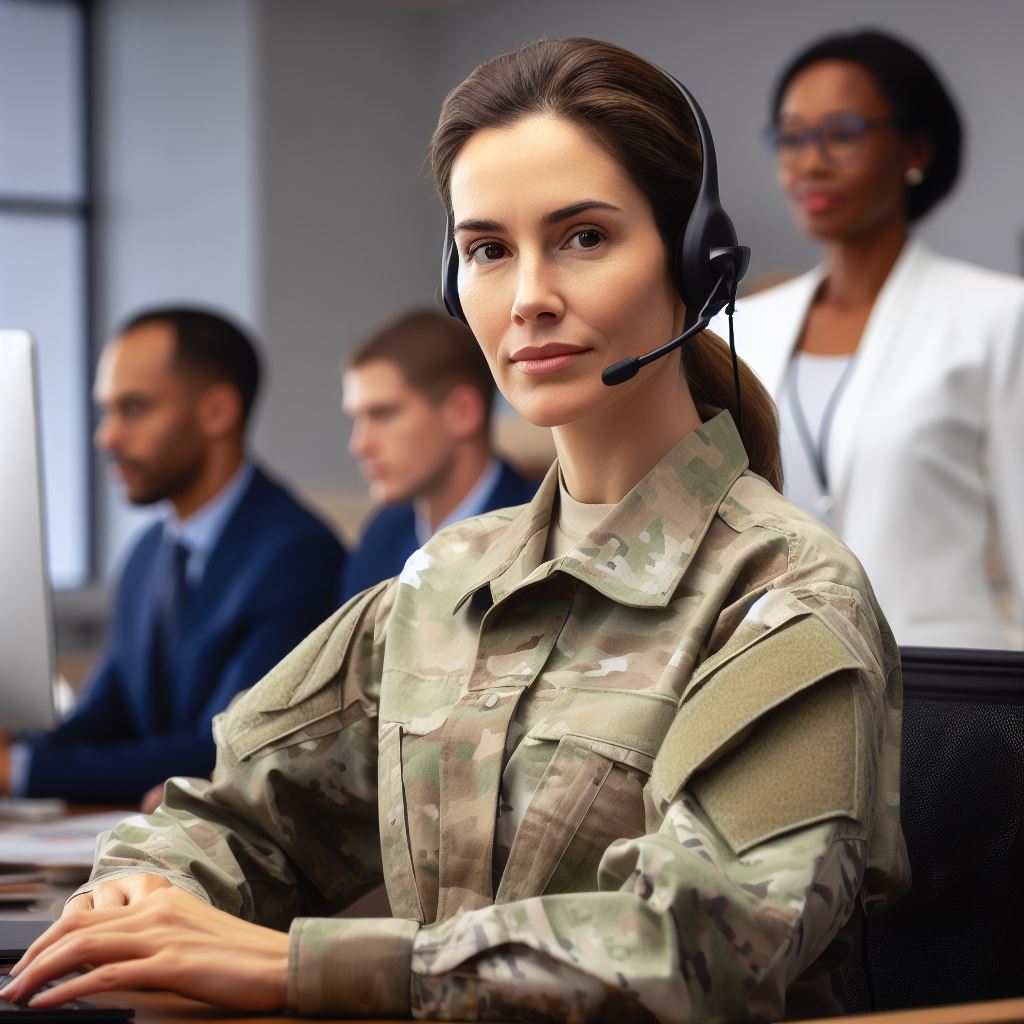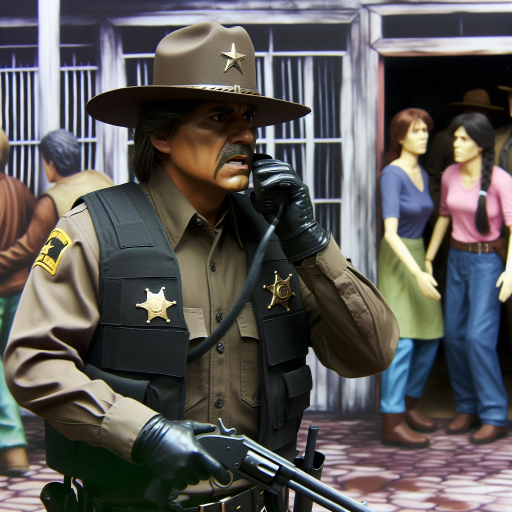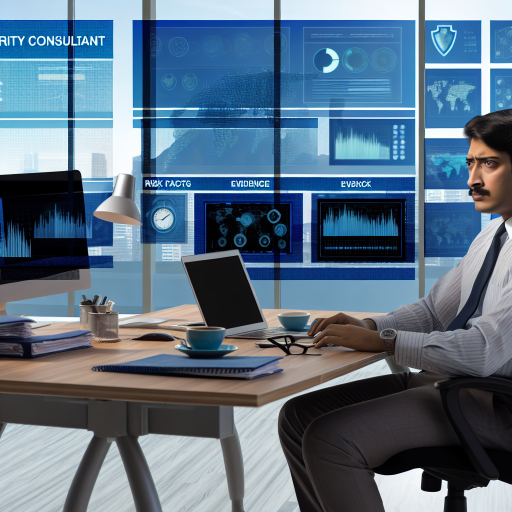Introduction
Delving into the multifaceted layers of the military-civilian gap is paramount for cultivating a harmonious and interconnected society.
This intriguing phenomenon is born from the rich tapestry of distinct experiences, values, and lifestyles that define both military and civilian life.
Throughout this in-depth exploration, we will meticulously unravel the specific nuances that contribute to this gap, emphasizing the profound importance of fostering understanding and unity.
By scrutinizing the unique challenges faced by military personnel and spotlighting the equally distinctive perspectives of civilians.
We aim to equip individuals with the knowledge needed to provide more effective support and bridge the gap.
This comprehensive journey goes beyond mere acknowledgment, offering practical strategies and initiatives to actively close the military-civilian gap.
Join us in this enlightening endeavor, where we delve into the intricacies, challenges, and opportunities that lie within the pursuit of a more interconnected and empathetic community.
Background on the military and civilian sectors
Define the military sector and its characteristics
- The military sector refers to the armed forces of a country.
- It is characterized by a structured hierarchy and a strict chain of command.
- The military has a unique culture that places great emphasis on discipline, teamwork, and sacrifice.
- Service members undergo rigorous training and are dedicated to defending their nation.
Define the civilian sector and its characteristics
- The civilian sector encompasses all non-military organizations and industries.
- It is incredibly diverse, comprising various industries such as healthcare, finance, education, and technology.
- Unlike the military, the civilian sector operates without strict hierarchical structures.
- Civilian organizations value creativity, innovation, and individualism.
The diversity, structure, and culture of the civilian workforce
The civilian workforce is incredibly diverse in terms of demographic representation, skill sets, and backgrounds.
Various types of organizational structures exist within the civilian sector, including corporate, non-profit, and government entities.
The culture in the civilian sector is influenced by factors such as industry norms, market trends, and organizational values.
The range of industries and occupations within the civilian sector
The civilian sector includes a vast range of industries, such as healthcare, finance, manufacturing, technology, and entertainment.
Occupations within the civilian sector can vary greatly, spanning from professional services to skilled trades and creative fields.
Individuals in the civilian sector often pursue careers aligning with their personal interests and passions.
Basically, the military and civilian sectors differ significantly in their structures, hierarchies, cultures, and purposes.
While the military sector operates based on a strict chain of command and emphasizes discipline and sacrifice, the civilian sector is characterized by its diversity, flexibility, and focus on innovation.
Understanding these differences is crucial for bridging the military-civilian gap and promoting effective collaboration in various spheres of society.
Read: A Day in the Life of a U.S. Army Soldier: Real Stories
Differences between military and civilian life
Highlight the lifestyle differences
- Deployment and its impact on military personnel and their families.
- The sense of camaraderie and identity within the military community.
- The contrast between the stability and routine of civilian life and the unpredictability of military life.
In understanding the military-civilian gap, it’s crucial to acknowledge the lifestyle and cultural differences between these two worlds.
The lifestyle differences
Deployment, a fundamental aspect of military life, comes with unique challenges for military personnel and their families.
The nature of deployment entails long periods of separation, uncertainty, and emotional strain. Military’s families endure the burden of maintaining a stable home environment despite the absence of a loved one.
Adjusting to frequent relocations and adapting to new communities become routine for military families.
The military community fosters a strong sense of camaraderie and collective identity amongst its members.
Serving alongside comrades in arms strengthens the bonds of trust and mutual support. The shared experiences of military life create deep connections and an extended support system.
In contrast, civilian life offers stability and routine that military life often lacks. Civilians typically enjoy the luxury of predictability, knowing their daily schedules and future plans.
While military life is characterized by change and unpredictability, civilian life follows a more structured path.
Examine the cultural differences
- The values and ideals emphasized in the military, such as discipline and allegiance.
- The diversity and individualism within civilian society.
- The military emphasizes values such as discipline, duty, and allegiance to the nation.
- A strong hierarchical structure exists within the military, where obedience and respect for authority are paramount.
- Military personnel are united by a common purpose and a shared commitment to defend their country.
- On the other hand, civilian society is a tapestry of diverse backgrounds, beliefs, and lifestyles.
- Individualism is a prominent aspect of civilian life, allowing for personal growth and freedom of expression.
- Civilians have the liberty to express differing opinions, challenge norms, and pursue personal goals.
- In civilian society, the emphasis is placed on individual rights and the pursuit of happiness.
By recognizing and understanding these differences, we can bridge the military-civilian gap and foster better communication, empathy, and support for those who serve in the military.
It is essential for civilians to appreciate and respect the sacrifices made by military personnel and their families, while military members can learn to navigate the nuanced dynamics of civilian life.
Together, we can bridge this gap and build a stronger society that upholds the values of service, understanding, and unity.
Read: Balancing Vigilance and Courtesy: A U.S. Security Guard Challenge

Implications of the military-civilian gap
The challenges faced by veterans transitioning into civilian life
- Identifying the difficulties of translating military skills and experiences into the civilian job market
- Highlighting the potential mental health issues and adjustment struggles veterans may face
Transitioning from military to civilian life is not as smooth as one might expect. Veterans face numerous challenges as they navigate the unfamiliar terrain outside the military bubble.
This gap presents implications on multiple levels, affecting both veterans and society as a whole.
Transform Your Career Today
Unlock a personalized career strategy that drives real results. Get tailored advice and a roadmap designed just for you.
Start NowOne of the most significant challenges faced by veterans is translating their military skills and experiences into the civilian job market.
The specialized training and expertise obtained during their service often do not have direct civilian counterparts.
As a result, veterans may struggle to communicate the value of their military experience to potential employers who are unfamiliar with the specifics.
Moreover, veterans may also encounter mental health issues and adjustment struggles when transitioning into civilian life.
The military environment is vastly different from the civilian world, and veterans may find it challenging to adapt to the new lifestyle.
The absence of military-provided structure and support can make veterans feel lost and isolated, potentially causing mental health disorders like PTSD and depression.
Examine the potential consequences of the gap on society
- Discussing the potential misunderstandings, stereotypes, and miscommunication between military personnel and civilians
- Exploring the potential impact on civilian employers and the missed opportunities to tap into the valuable skills and perspectives of veterans
The military-civilian gap does not only affect individual veterans but also has broader consequences for society.
Misunderstandings, stereotypes, and miscommunication between military personnel and civilians can arise due to a lack of awareness and understanding of each other’s experiences.
Civilians may struggle to relate to the unique challenges faced by veterans, often leading to misunderstandings and strained interactions.
Additionally, society as a whole misses out on the invaluable skills and perspectives that veterans bring to the table.
By not effectively bridging the military-civilian gap, employers may overlook the talents and abilities of veterans that could greatly benefit their organizations.
Veterans possess qualities such as leadership, discipline, and problem-solving skills that can add significant value to civilian workplaces.
Failing to tap into this diverse pool of talent results in missed opportunities for both employers and veterans.
Most importantly, the military-civilian gap poses various implications that cannot be ignored.
Veterans transitioning into civilian life encounter difficulties in translating their military skills and experiences to the civilian job market, and they may also face mental health challenges.
Moreover, society experiences misunderstandings and missed opportunities to leverage the unique perspectives and valuable skills of veterans.
Bridging this gap is essential to ensure a smoother transition for veterans and to unlock the full potential they bring to the civilian world.
Read: Veterans Transitioning to Security Roles: A Guide for the U.S. Market
Discover More: Inside the World of Homicide Detectives: A Day’s Work
Strategies to bridge the military-civilian gap
Bridging the military-civilian gap is crucial to ensure proper understanding and support for our veterans. Several strategies can be employed to achieve this goal:
Promote awareness and education
- Encourage civilians to learn about the military experience and challenges faced by veterans.
- Advocate for military cultural competence training in various sectors of society.
One effective way to bridge the military-civilian gap is by promoting awareness and education among civilians.
Encouraging them to learn about the military experience and the challenges faced by veterans can foster empathy and understanding.
By educating civilians about the sacrifices and contributions made by veterans, we can bridge the gap and build stronger connections.
Moreover, advocating for military cultural competence training in various sectors of society is essential.
This type of training helps individuals understand the unique cultural aspects of the military and develop the necessary skills to interact respectfully with veterans.
Enhance veteran support programs
- The importance of comprehensive transition assistance programs for veterans.
- The role of mentorship and networking in facilitating successful transitions.
To bridge the military-civilian gap, it is crucial to enhance support programs for veterans.
Comprehensive transition assistance programs should be emphasized to ensure veterans receive the necessary guidance and resources during their transition to civilian life.
These programs can help veterans navigate the challenges of finding employment, pursuing education, and accessing healthcare.
Mentorship and networking also play a significant role in facilitating successful transitions for veterans.
Pairing them with mentors who have successfully transitioned from the military can provide valuable guidance and support.
Additionally, creating networking opportunities can help veterans expand their professional contacts and find suitable employment or educational opportunities.
Foster collaboration and partnership
- Promote collaborations between military and civilian organizations to bridge the gap.
- Encourage employers to create inclusive hiring practices for veterans.
Collaboration between military and civilian organizations is critical to bridge the gap effectively.
Promoting partnerships and collaborations can lead to a better understanding of the needs and strengths of both military and civilian communities.
By working together, these organizations can develop initiatives that address the challenges faced by veterans, provide necessary support, and encourage integration.
Employers also have a vital role in bridging the military-civilian gap.
Encouraging them to create inclusive hiring practices for veterans can ensure equal opportunities for employment.
Recognizing the value of the skills and experiences veterans bring to the civilian workforce is essential for their successful integration.
Ultimately, bridging the military-civilian gap requires concerted efforts and strategic approaches.
Promoting awareness and education, enhancing veteran support programs, and fostering collaboration and partnership are key strategies that can make a significant difference in bridging this gap.
By understanding and supporting our veterans, we can create a more inclusive society that appreciates their sacrifices and contributions.
Read: Physical Fitness Standards and Tips for U.S. Security Guards
Conclusion
A recap of the main points discussed in the blog post:
- The military-civilian gap refers to the differences between the military and civilian population.
- These differences manifest in various areas, including culture, communication, and lifestyle.
- Understanding the military-civilian gap is crucial for fostering empathy and bridging the divide.
Emphasizing the importance of understanding and bridging the military-civilian gap
It is essential to recognize the sacrifices and unique experiences of the military community.
By understanding each other, we can bridge the gap and promote empathy, respect, and inclusion.
Encouraging readers to take action and contribute to building a more inclusive society:
Transform Your Career Today
Unlock a personalized career strategy that drives real results. Get tailored advice and a roadmap designed just for you.
Start NowEducation and awareness are key to fostering understanding and breaking down stereotypes.
Engage in conversations, learn from one another, and support initiatives that encourage integration.
Together, we can build a society that values and appreciates the contributions of our military personnel.
[E-Books for Sale]
The Big Book of 500 High-Paying Jobs in America: Unlock Your Earning Potential
$19.99 • 500 High-Paying Jobs • 330 pages
Explore 500 high-paying jobs in America and learn how to boost your career, earn more, and achieve success!
See All 500 High-Paying Jobs of this E-Book
1001 Professions Without a Degree: High-Paying American Jobs You Can Start Now
$19.99 • 1001 Professions Without a Degree • 174 pages
Discover 1001 high-paying jobs without a degree! Unlock career tips, skills, and success strategies for just $19.99!




